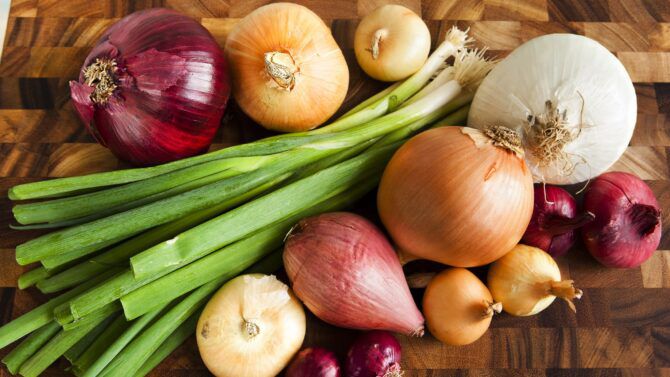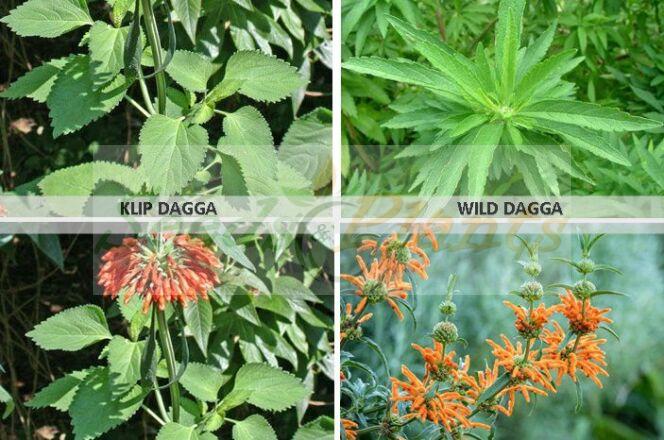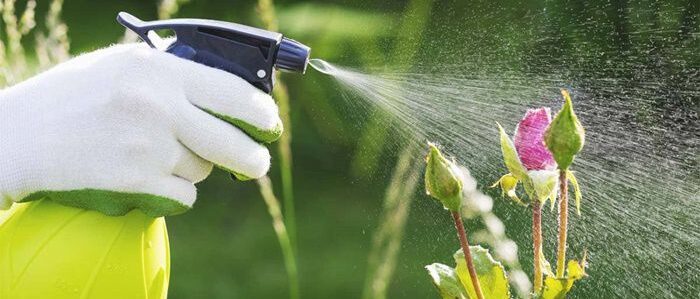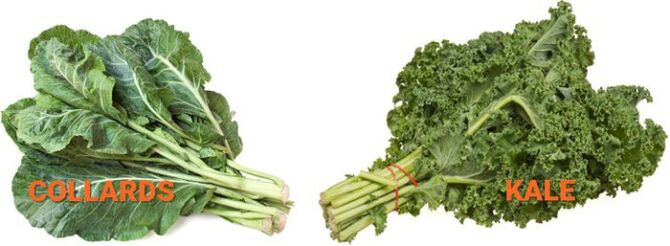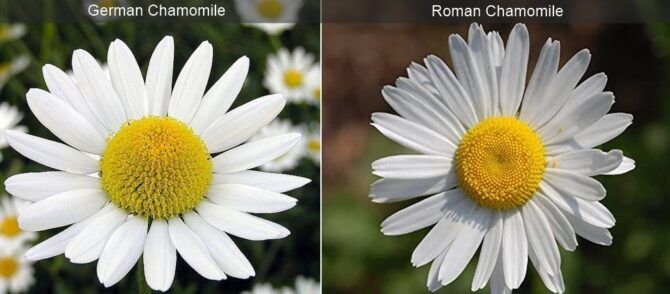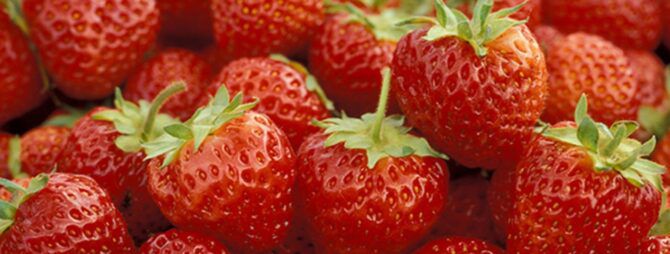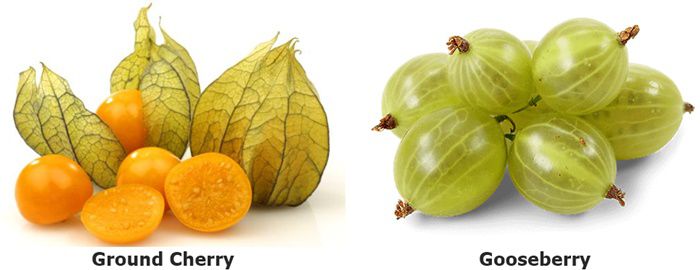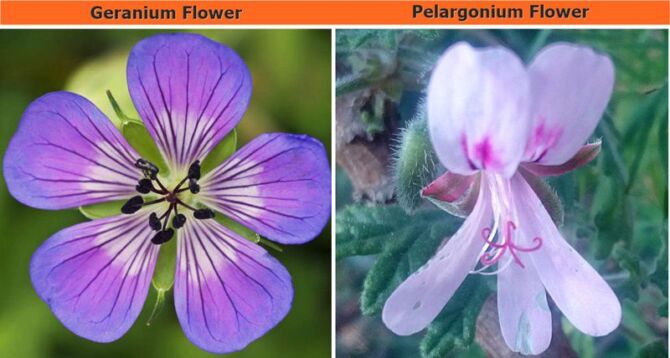Gardening Tips
Which Onion Variety to Grow?
Which Onion Variety to Grow? Have you ever planted onion seeds, without any success? The reason is more than likely that you planted an onion variety that is not suited for your area.
Onion bulb formation is triggered by the number of summer daylight hours. Onions are photothermoperiodic – that means they are sensitive to temperature and also to day light. Onions quit forming leafy tops and begin to enlarge their underground stems (bulbs) when the day light each day reaches a certain length. The amount of day light needed for an onion plant to begin forming a bulb varies by variety. Each variety has its own genetically determined bulb formation trigger.
Although onions are essentially a cool season crop, in South Africa they are planted virtually all year round. In the Northern regions of the country sowing is normally from February to April, in the central region from April to July and in the Southern regions transplanted from July to October.
Bulb-forming onions can be divided into three types:
- Long-day onions which require about 15 hours of summer daylight.
- Short-day onions which require about 12 hours of summer daylight.
- Intermediate-day onions which which require about 13 – 14 hours of summer daylight.
Which Onion Variety to grow in your garden?
- Long-day varieties are not grown in South Africa.
- Short-day varieties are normally planted in the northern parts of the country from Musina down to the latitude of approximately Bloemfontein. Short day cultivars that can be grown, include Texas Grano, Hanna, San, Shahar and Red Creole. The best sowing time is from February to the end of March.
- Intermediate types are grown south of Bloemfontein all the way down to the Western Cape and Eastern Cape. Intermediate cultivars, such as Australian Brown Skin and Hojem Onions, are best sown in these areas. The best sowing time is from April to the end of May. Red Creole (short day) and Hanna (hybrid) can also be grown in the areas suitable for intermediate cultivars.
Storage Life of Onion Varieties
- Short-daylight types generally have a far shorter storage life.
- Intermediate daylight types mature considerably later than in the northern areas of the country. They also tend to be more pungent and have a far longer shelf life.
Disclaimer
Medicinal Information:
All medicinal information on this website is for educational and informational purposes only and may not be construed as medical advice. The information is not intended to replace medical advice or treatment offered by healthcare professionals.
Seeds, Plants, Plant Cuttings, Geophytes and Dried Herbs:
In some countries and provinces, certain plants are deemed as invasive and are not allowed to be planted at all, whilst some plants are allowed to be grown only in certain areas or provinces. The onus is on you as the buyer to familiarize yourself with the regulations pertaining to your location, before purchasing any of our seeds, plants, plant cuttings, geophytes or dried herbs. We will not be held liable, should you purchase any seeds, plants, plant cuttings, geophytes or dried herbs. from us which are prohibited in your country or province.

